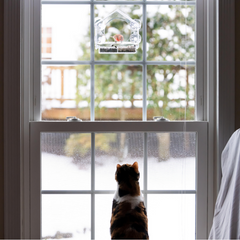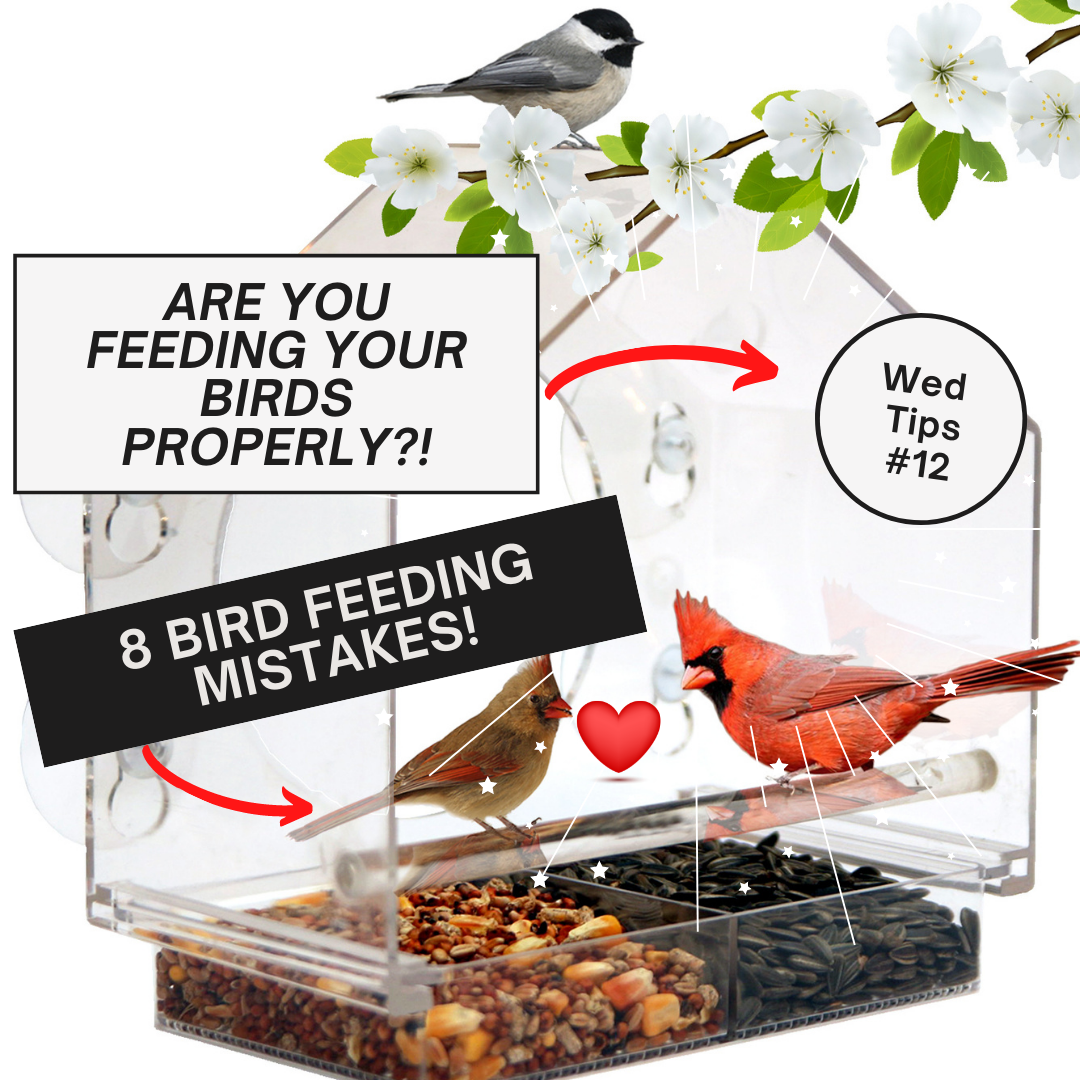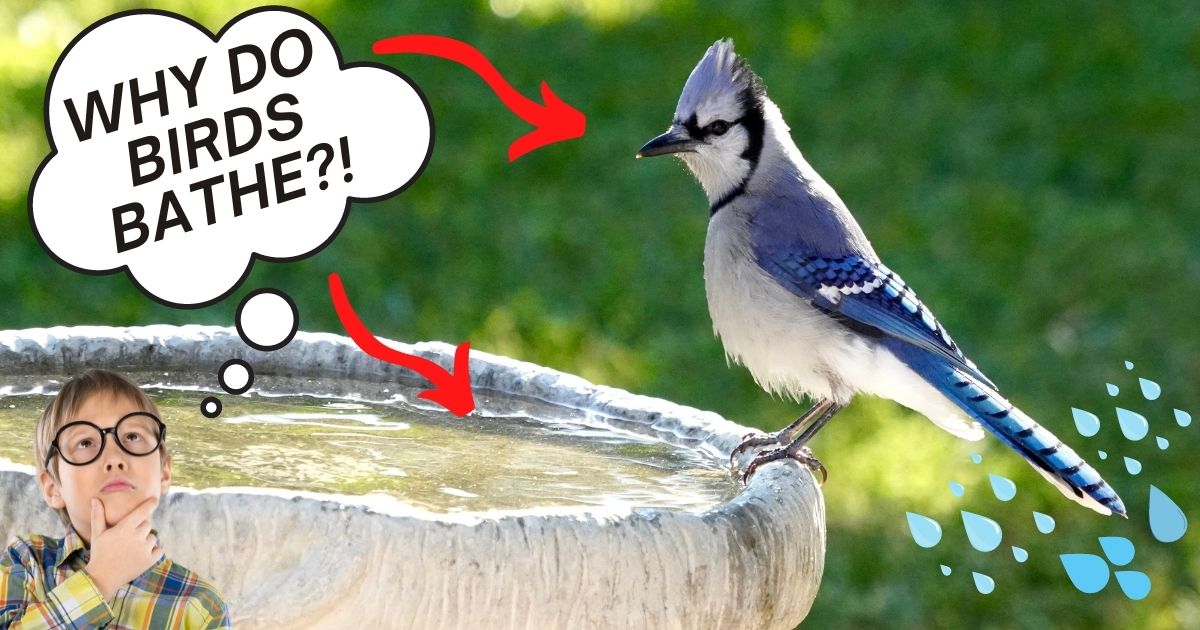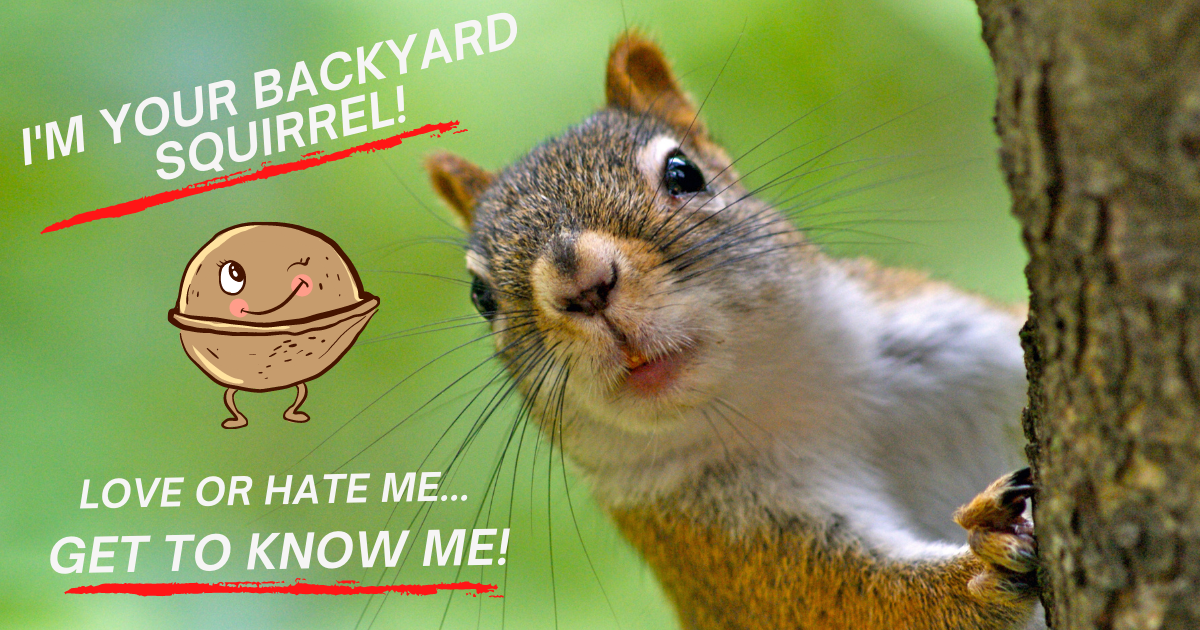It’s all fine and dandy buying your bird feeder, filling it with seeds and waiting with happy anticipation for the birds to arrive. What happens if they don’t? And what happens if they do but you are actually doing them more harm than good?
Here are 8 easy tips to enhance your bird watching experience, enjoy more of their company and attract many more species while keeping the wildlife around you safe and sound.

1. Maintenance
Bird feeders are really very easy to manage. The first basic rule is: make sure they are always re-filled. If a bird returns to an empty feeder, he will take it as a signal that this location is not trustworthy and will look elsewhere for his sustenance.
*The Tip: Make sure the bird feeder isn’t too full. Put in a little at a time and keep it coming. A bird feeder that is too full can impact the quality of the seeds. In addition, seeds can rot, which can cause disease and even death.
2. More than one species - more than one feeder

We are very blessed to have the widest range of birds! Did you know there are more than 11,000 species in the world? As humans, we have different wants and needs and birds are no different. Each bird has its own taste and way of eating food.
*The Tip: Have more than one kind of feeder. You can put up hummingbird feeders, window feeders and tray feeders, each attracting a different kind of species. So try spreading different feeders around your backyard and see what happens. My guess is: You’ll have some diverse and very colorful guests!
How to choose the right bird feeder for your home!
3. Bird Police - our mission: to protect!
 We can’t watch our bird feeders for predators all day long - it would be nice, but it’s not realistic. Cats are enemy no. 1 out there, sometimes killing birds even if they are not hungry. Other predators are racoons, deer, squirrels, snakes and rats. For protection against squirrels, squirrel baffles will certainly … baffle them.
We can’t watch our bird feeders for predators all day long - it would be nice, but it’s not realistic. Cats are enemy no. 1 out there, sometimes killing birds even if they are not hungry. Other predators are racoons, deer, squirrels, snakes and rats. For protection against squirrels, squirrel baffles will certainly … baffle them.
*The Tip: If you have a cat, make sure that it doesn’t climb up your bird feeder or lurk below, waiting to pounce. Another way to keep your bird feeder safe: hang it out of the wind so that it does not tilt over and the bird feels safe as it finds its perch and nibbles. Also make sure the feeders are next to a shrub or a tree so if a predator comes by, the birds can fly away and hide. But make sure it’s not too close to the shrub so that a) they can have space to eat and watch for predators, and b) you can have a clear view of them from your window or porch.
Hummingbird feeder, from a happy Nature Anywhere customer:
4. Let’s talk about… cheap bird seed
 Yes, of course, it’s tempting. I mean who doesn’t like a good bargain? I know I do! But in this case, we need to check really carefully which bird seed to buy. Many bird seed companies add wheat or milo, a cheap filler. Not only do birds not like them, these seeds can actually cause them harm.
Yes, of course, it’s tempting. I mean who doesn’t like a good bargain? I know I do! But in this case, we need to check really carefully which bird seed to buy. Many bird seed companies add wheat or milo, a cheap filler. Not only do birds not like them, these seeds can actually cause them harm.
*The Tip: Buy seeds that don’t contain milo.
5. Your garden - a bird’s natural food buffet

While it’s great to have bird feeders to keep the flyers coming, let’s not forget what nature has to offer. There are many low-maintenance shrubs and plants that will add variety to the birds’ menu. Not only do they get nutrition from the flowers, fruit or berries, the insects which the plants attract will provide a great source of protein. These plants and shrubs are beautiful to have in your garden, pleasant and meditative. This way you can be there for the birds 24/7.
*The Tip: Planting these flowers is easy to do and doesn't need much maintenance. Here are a few flowers you can plant that will pretty up your garden as well as keeping your bird visitors happy.
6. Cleanliness is next to godliness
 If bird feeders are to be easy to manage, they must be easy to clean. To avoid diseases and rotting seeds, they should be cleaned often.
If bird feeders are to be easy to manage, they must be easy to clean. To avoid diseases and rotting seeds, they should be cleaned often.
*The tip: use one part bleach to nine parts hot water, or a mild solution of unscented dish detergent. Do this as often as you can, you’ll get used to the rhythm of knowing when to wash your feeder and also see how easy it is.
7. Winter care
As temperatures drop, it seems that “the bird has flown” and there is no one to offer seeds to. Au contraire. Not all birds migrate - some are domestic year round, or sometimes decide that this winter they will be staying put. Giving them seeds can literally save lives.
* Important tip: Water is super vital for birds in winter. Having a bird feeder year round helps the birds immensely. But having a water source with a warming system to defrost the water when it freezes could very well decide the fate of the wildlife around you.
8. Hummingbird life
Not all hummingbirds migrate and it is important to keep your hummingbird feeder filled with nectar during all four seasons.
*Very important: Make sure you make or buy the right nectar which should consist of 1 part regular table sugar to 4 parts warm water. It is very important not to use artificial sweeteners, food coloring, juices or even honey. These can cause the birds harm by giving them the feeling that they are getting good nutrition when in fact they are just getting empty calories. And hummingbirds need more energy than any other animal, sometimes every 10-15 minutes!
Another hummingbird feeder from another happy Nature Anywhere customer:
BONUS TIP:
What NOT to feed birds:
1. BREAD CRUMBS 

- Storage is very important. Birdseed can last for quite some time, but it must be stored at the proper temperature and kept safe from nibblers like mice, rats, larvae or moths. With time, seeds lose their vitality, which means empty caloric value. If seeds get wet, they can get moldy which again, is life threatening for our flyers.
2. FORBIDDEN FOOD 

Here’s a list of what birds can eat from your kitchen: avocado, caffeine, chocolate, anything salty, fatty, apple seeds, onion or garlic.
3. SEED STORAGE

Birdseed can last for quite some time, but it must be stored at the proper temperature (shaded and dry) and kept safe from nibblers like mice, rats, larvae or moths. With time, seeds lose their vitality, which means empty caloric value for the flyer. If seeds get wet, they can get moldy which again, is life threatening for our flyers.
What CAN you feed the birds:
1. FRUIT - BUT NOT ALL FRUIT:

BERRIES: blueberries, raspberries, currants, blackberries, mulberries, serviceberries, sumac, holly, juniper, and viburnum are extremely popular with our songbirds.

FRUIT: Crabapples, oranges, plums, grapes, cherries and prickly pears.
*Important: cut the fruit into half and remove the seeds. Seeds can be bad for birds.
Happy berries and fruit customers: Eastern Bluebirds, red-bellied Woodpeckers, northern cardinals, cedar waxwings, Robins, Scarlet tanagers and many more.
2. EGGSHELLS:

Cut up into tiny pieces, this is a great source of calcium, especially before the mating season.
Happy eggshell customers: Pretty much any songbird!
3. A DOLLOP OF PEANUT BUTTER

Spread on a pine cone or on half an orange or a banana.
Happy peanut butter customers: Any songbird! But to name a few: black-capped chickadee, white-breasted nuthatch, wood thrush, wrens and woodpeckers.
4. SOAKED RAISINS:

Soaking raisins in warm water makes it easier for the birds to nibble.
Happy raisin customers: Eastern bluebird, northern cardinal, gray catbird, mockingbird, orioles, American robin, scarlet tanager, brown thrasher, wood thrush, cedar waxwing, red-bellied/headed woodpeckers.




5 comments
Jaime
Hi. I’m commenting to piggyback off another and point out the mistake under forbidden food. You stated that birds can eat chocolate, etc. Plz edit!
carrie crowley
Birds are not coming to my window feeder for over two months? What am I doing wrong
Lisa Russell
I just purchased your Birds I View feeder. I live in Boca Raton, FL. What kinds of seed and what kind of birds can I get here? We are far south and we only see Blue Jays, Grackles and an occasional Cardinal or Mockingbird. How can we attract the other birds?
Judy Harrison
Great and exciting information!
Thank you for a great website.
Jacqueline Ruhland
Just a quick note. In your instructions above, you list “Forbidden Foods” for birds, but in the text that follows, you say “Here’s a list of foods of what birds CAN eat from your kitchen.” Then you go on to list foods that are bad for birds. Shouldn’t this say, "…what birds CAN’T eat from your kitchen? I’m concerned that the reader might get the wrong mixed message. Thanks for listening.
Leave a comment
All comments are moderated before being published.
This site is protected by hCaptcha and the hCaptcha Privacy Policy and Terms of Service apply.